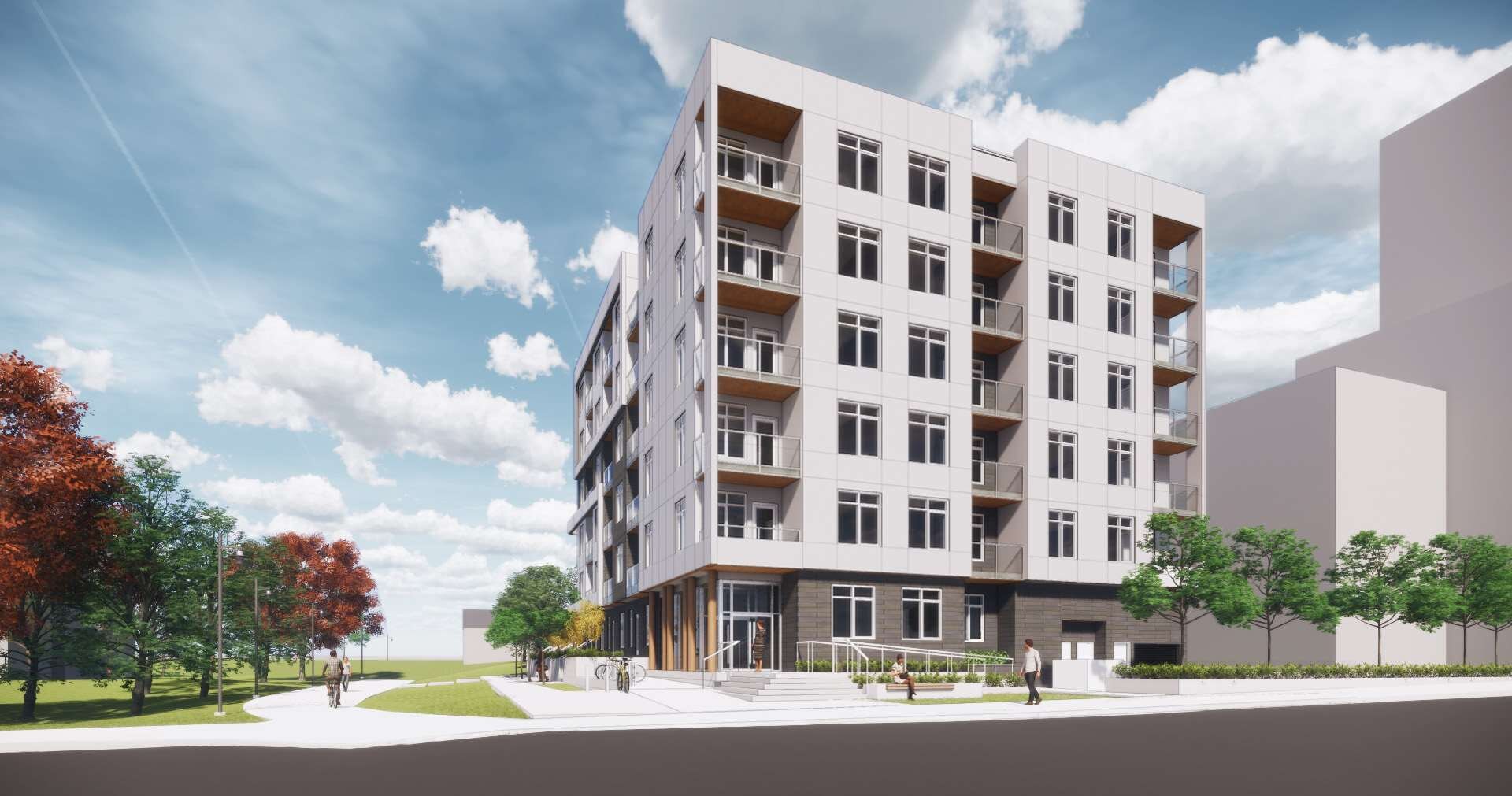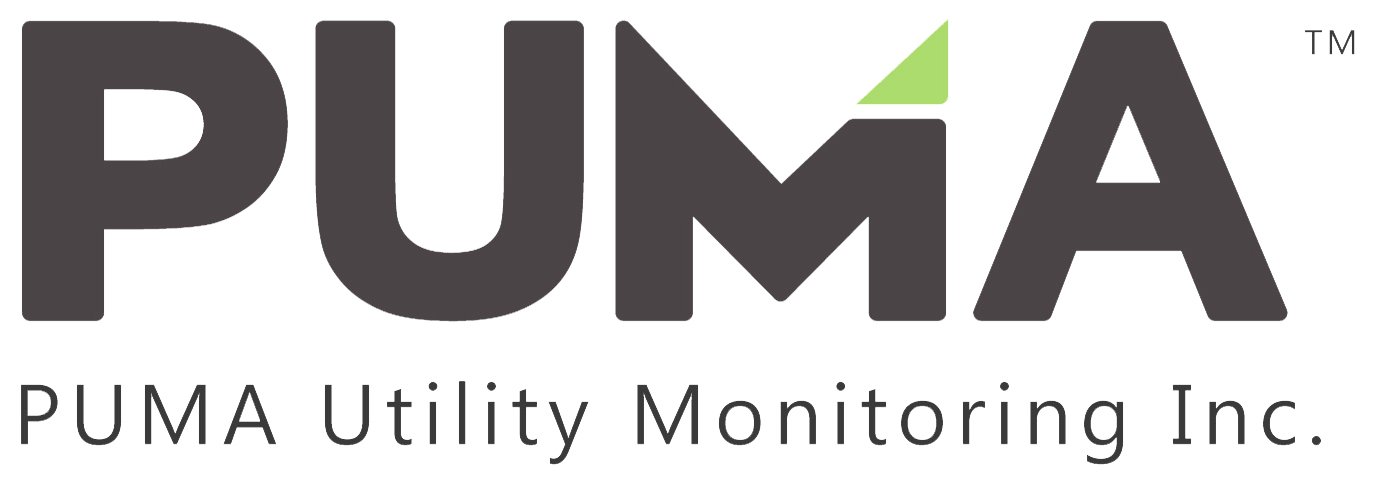BC Housing - GHG Reduction
An energy monitoring solution: tracking GHG Emissions for nearly 700 sites
BC Housing works in partnership with the private and non-profit sectors, provincial health authorities and ministries, other levels of government and community groups to develop a range of housing options. They address critical gaps across the housing continuum. These gaps range from emergency shelter and rent assistance to affordable home ownership. They work with about 800 housing providers and help more than 113,000 households in communities across British Columbia.

Challenge
BC Housing incorporates sustainability into all aspects of their work and need to meet the Carbon Neutral Government Regulation. Their goal is to reduce GHG emissions by at least 40% by 2030. They plan for regular energy retrofits that save over $1.4 million dollars of energy cost annually for BC Housing and non-profit operators. Ultimately, buildings that limit heating and cooling challenges are more comfortable for tenants.
BC Housing needed an energy monitoring solution to consolidate energy use histories and calculate emissions for more than 10,000 fuel and electrical meters across the province. Due to the large volume of data, they were unable to utilize the Clean Government Reporting Tool.
Solutions
Since 2008, BC Housing has been working with Prism Engineering and PUMA toward an ambitious environmental initiative. PUMA’s web-based utility monitoring software helps to collect and consolidate the energy use at 700 BC Housing sites across the province (containing over 10,000 fuel and electrical meters). PUMA software also features flexible reports, including both individual and consolidated energy performance, as well as customized reports grouped by specific criteria.
In order to make this large volume of data meaningful, PUMA consolidates BC Housing’s energy and emissions information grouped by region or housing type. The PUMA team then identifies areas of data inconsistencies and performs the analysis needed to account for data gaps. Finally, the PUMA team collaborates with Prism energy managers and engineers to review energy use projections, accounting for factors such as occupancy and periods of construction.
Specifically, the PUMA team, leveraging the software, has been able to support BC Housing in:
comparing energy and emissions performance between sites, regions and portfolios
providing access to easy-to-read consumption (at a building or meter level) and cost summaries with comparisons to previous periods
calculating the impact of weather on changes in energy and emissions
reviewing energy intensity against anticipated post retrofit performance
reporting on emissions and comparison to multiple baselines
carrying a dynamic baseline, reflecting the changes in the BC Housing building portfolio year over year
supporting the upload of emissions data into the BC Clean Government Reporting Tool (CGRT).
"PUMA and Prism teams have been great partners in helping BC Housing with our annual GHG reporting and compliance with BC’s Carbon Neutral Government Regulation. Despite the challenges of having ever growing and complex portfolios, their expertise and experience have been instrumental in consolidating complex energy and emissions data and providing insights to inform our emissions reduction and energy management planning."
-Michelle Lee, Manager, Commissioning Construction Services, BC Housing
Results
In 2019, GHG emissions related to energy consumption for space and water heating and electricity for social housing buildings, were 36% lower than in 2005.
Information gathered by PUMA and analyzed by the PUMA and Prism teams provide valuable feedback to BC Housing on how to prioritize opportunities in their portfolio and track against their emission reduction targets as an organization. It helps them tell the story of their energy management efforts over the years and provides insights to evaluate their progress.
